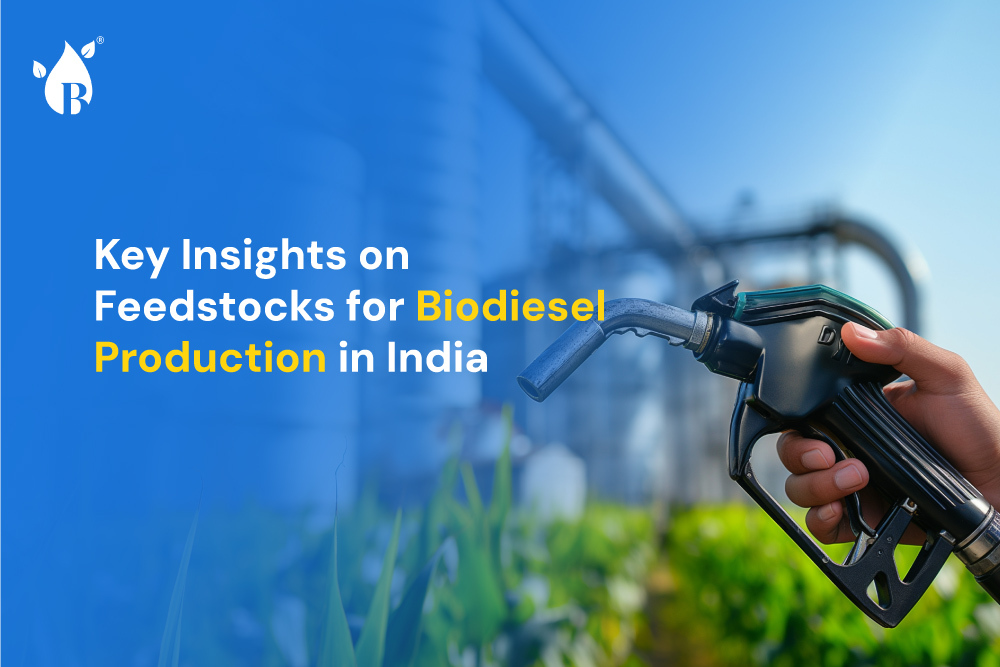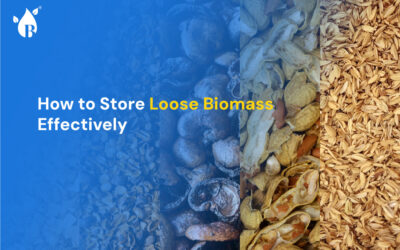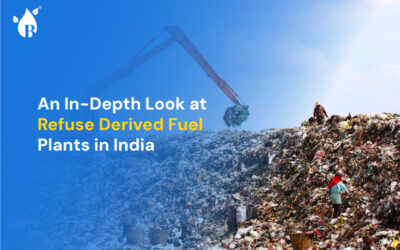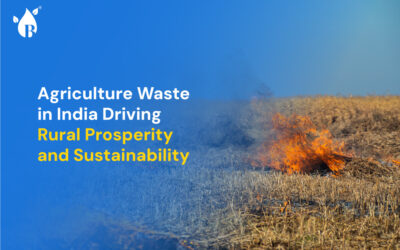
India’s growing commitment to renewable energy has placed biodiesel at the forefront of sustainable solutions. Among the diverse feedstocks available, Used Cooking Oil (UCO), Animal Tallow and Chicken Fat, Palm Fatty Acid Distillate (PFAD) and Palm Stearin, and Acid Oil hold immense potential for biodiesel production. Let’s examine these feedstocks and their availability in India.
Used Cooking Oil (UCO)
Source: Waste oil from restaurants, households, and food industries.
Availability: India generates approximately 3 million tons of UCO annually, primarily from urban centers.
Advantages:
- Reduces environmental hazards caused by improper disposal.
- Offers a cost-effective biodiesel raw material.
Challenges:
- Lack of organized collection systems and illegal reuse in the food industry.
Animal Tallow and Chicken Fat
Source: Byproducts from the meat and poultry processing industries.
Availability: India’s large-scale meat production and poultry farms ensure significant quantities, especially in states like Uttar Pradesh and Tamil Nadu.
Advantages:
- Low-cost feedstock rich in triglycerides.
- Reduces waste in the meat industry.
Challenges:
- Cultural sensitivities may limit acceptance in biodiesel production.
- Requires proper processing to meet biodiesel quality standards.
Palm Fatty Acid Distillate (PFAD) and Palm Stearin
Source:
- PFAD: A byproduct of crude palm oil refining, rich in free fatty acids.
- Palm Stearin: The solid fraction obtained during palm oil fractionation, containing high triglyceride content.
Availability: India’s dependence on imported crude palm oil ensures a consistent supply of PFAD and palm stearin. Major refining hubs in Gujarat and Andhra Pradesh are key contributors.
Advantages:
- Economical and efficient feedstocks for biodiesel production.
- High energy yield due to their lipid-rich composition.
Challenges:
- Price volatility tied to global palm oil markets.
- Competes with industrial applications in food and oleochemicals.
Acid Oil
Source: Derived from soap stock splitting during vegetable oil refining processes.
Availability: India’s extensive edible oil refining sector, especially in Gujarat and Maharashtra, generates large amounts of acid oil.
Advantages:
- Affordable feedstock for biodiesel with a high lipid content.
- Utilizes byproducts, promoting resource efficiency.
Challenges:
- Competes with industries like animal feed and soap production.
- Requires pretreatment to remove impurities for efficient biodiesel conversion.
Significance of These Feedstocks
By focusing on waste-derived and byproduct feedstocks like UCO, animal tallow, PFAD, palm stearin, and acid oil, India can:
- Reduce reliance on fossil fuels: These feedstocks offer sustainable alternatives to petroleum-based fuels.
- Minimize waste: Converting byproducts into biodiesel reduces environmental harm and promotes circularity.
- Promote a circular economy: These feedstocks enhance resource optimization, contributing to India’s renewable energy goals.
Conclusion
India has a robust supply of diverse feedstocks capable of driving biodiesel production forward. Feedstocks such as UCO, animal tallow, PFAD, palm stearin, and acid oil not only make biodiesel production economically viable but also align with India’s sustainability goals.
To unlock their full potential, India must focus on:
- Strengthening collection infrastructure.
- Encouraging investments in biodiesel technology.
- Promoting awareness among industries and citizens.
With these efforts, India is well-positioned to become a global leader in biodiesel production and renewable energy solutions.
You might also like…
Net-Zero Commitments in India: The Role of High-Emission Sectors
India’s path toward achieving net-zero emissions by 2070 is both ambitious and essential. With its diverse industrial landscape, a major challenge...
How to Store Loose Biomass Effectively
Loose biomass, such as rice husk, sawdust, groundnut shell, cashew nut shell, and soya husks, is vital in many industries. It serves as both a...
An In-Depth Look at Refuse Derived Fuel Plants in India
India faces a dual challenge: managing an ever-growing volume of waste and meeting the increasing demand for energy. Refuse Derived Fuel (RDF)...
Trusted by India's Best.
Download now to start trading






